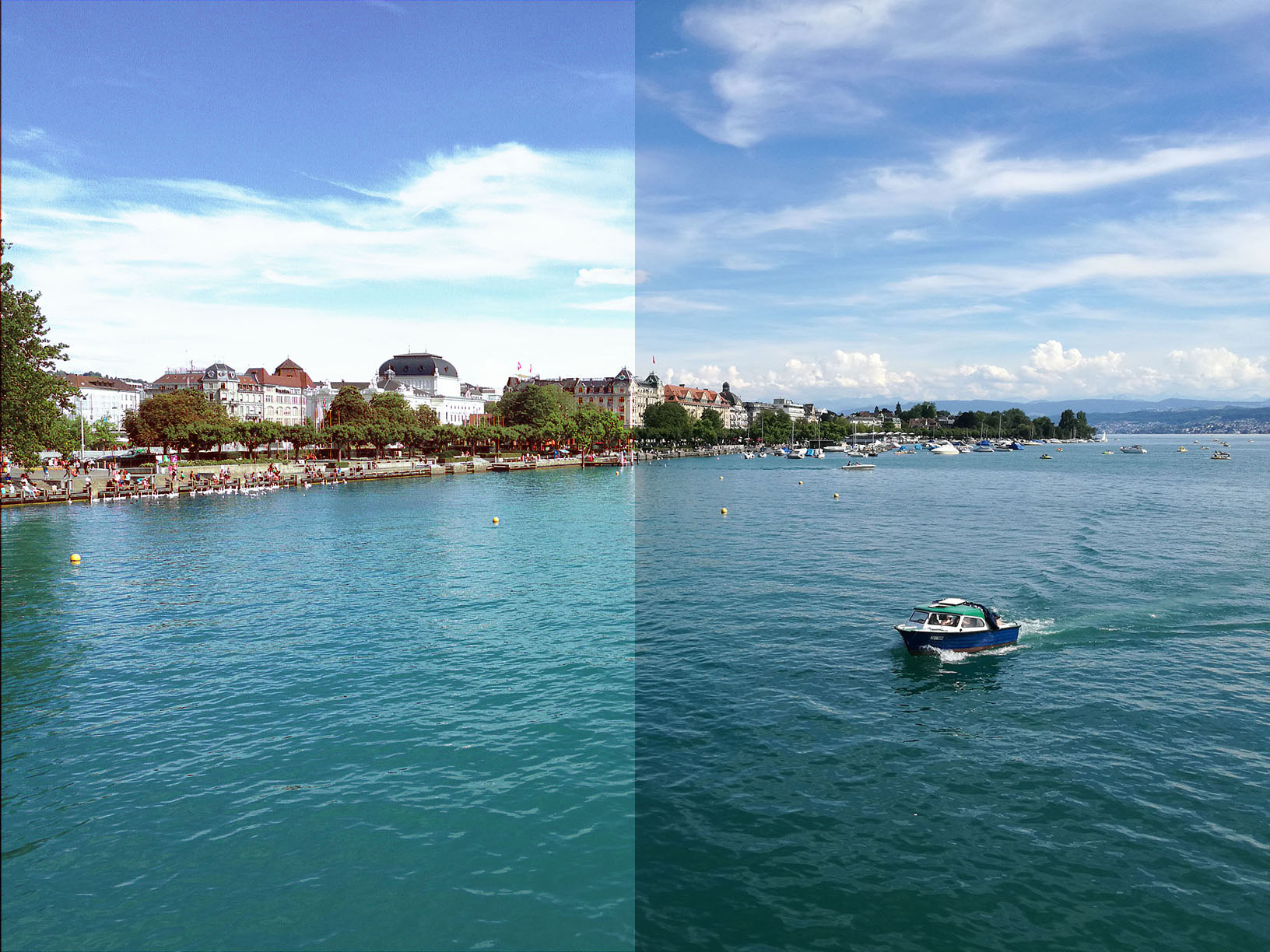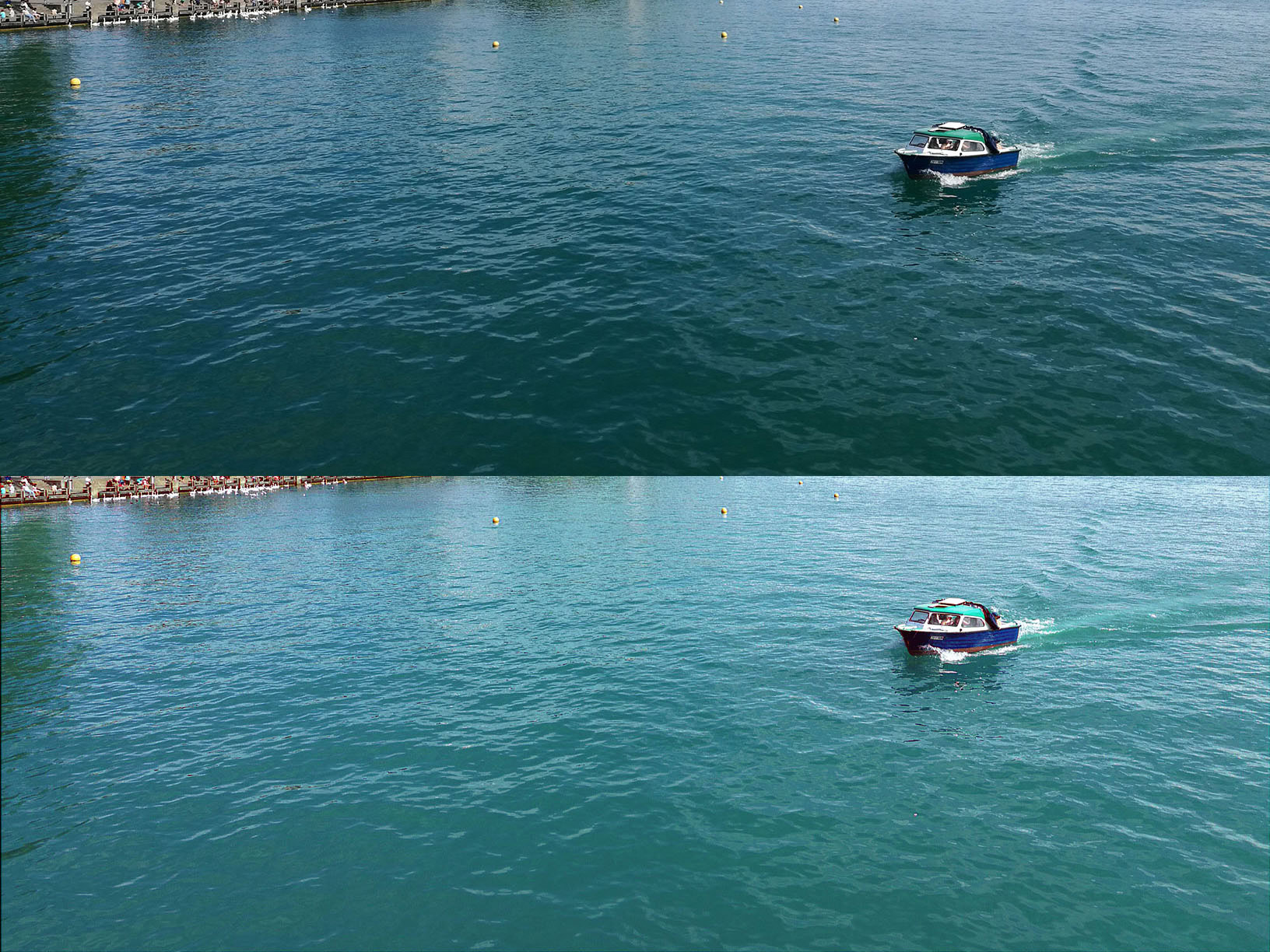Affiliate links on Android Authority may earn us a commission. Learn more.
This neural network aims to give your smartphone photos DSLR-like quality
Published onOctober 30, 2017

Developments in AI and neural networks have serious implications for photography. It’s through deep learning that we can achieve things like improving photos before they’ve even been taken or creating realistic-looking fake celebrities. Thanks to a new report (via Engadget), we’ve gotten a look at an exciting new neural network that’s designed to upscale your smartphone photos to DSLR-quality.
Scientists from the Computer Vision Lab at ETH Zürich university have developed the new tool which uses deep learning to automatically improve photos. Using a database of high-quality images as a reference point, the neural network can make adjustments to smartphone photos, bringing them closer to what a DSLR camera would provide.
Of course, this isn’t really applying any kind of DSLR tech to a smartphone, it’s simply trying to mimic the properties visible in DSLR photos on non-DSLR images. But it’s nonetheless interesting: see the original image on top of the collage below (and right in the image above) with the same photo after processing underneath.

At the moment, the images look more like what you might expect from something like the Google Photos “auto-enhance” feature than from a DSLR camera (notice how the exposure on the left image at the top of the page is completely overblown), but the team is aiming to build on this in the future. Apparently, automatic correction for certain shooting conditions, like making an overcast day appear brighter, is in the works.
You can check out a selection of before and after photos here, while the Computer Vision Lab team also invite users to upload images to test the neural network out for themselves. I’ve been unable to upload anything myself, however; the server might be overloaded currently.

Google is also working on something similar after teaming up with researchers from MIT. This also makes use of a model trained against high-quality photos to automatically enhance images — find out more about that at the previous link.
We don’t yet know when we’ll see the commercial introduction of these kinds of features, but given their increasing prevalence in the news, they can’t be far off.